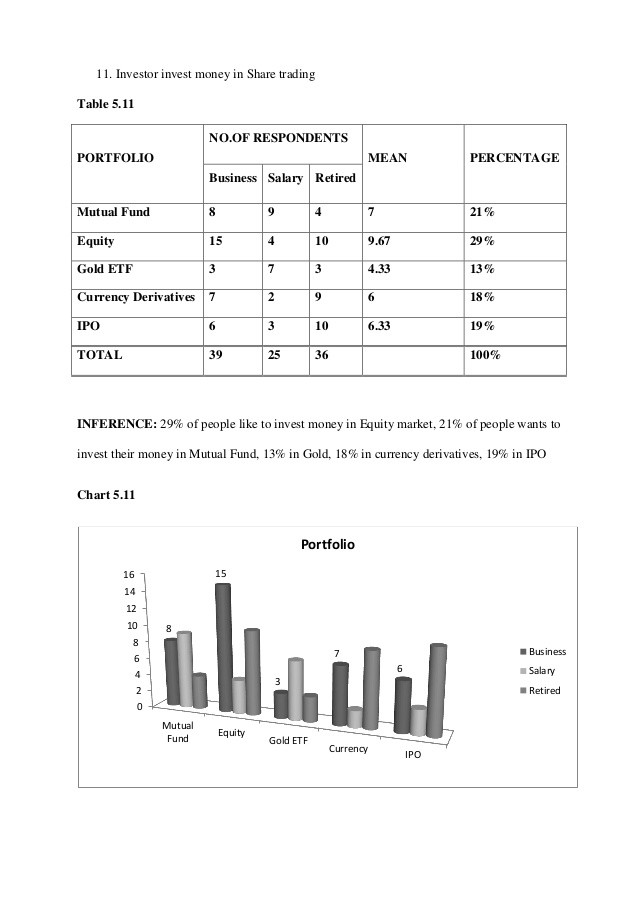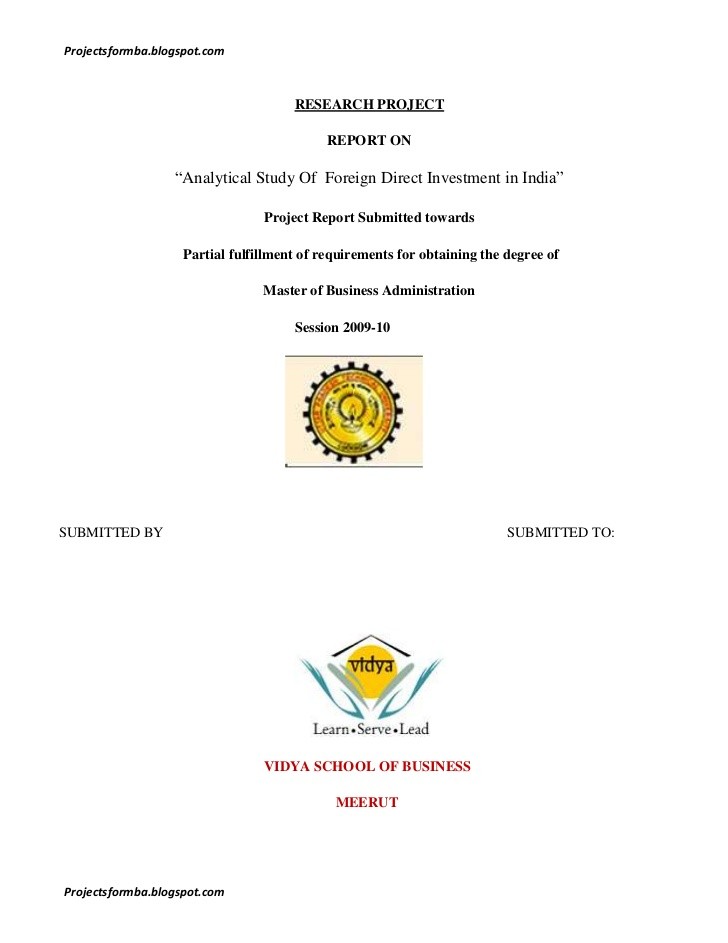American Depositary Receipts (ADRs) PPT (1) MBA Business Seminar Topics
Post on: 14 Июнь, 2015 No Comment

Please Upload A Seminar Or Project Report/Code/Material/Presentation Here
American Depositary Receipts (ADRs) PPT
American Depositary Receipts (ADRs)
INTRODUCTION
American Depositary Receipts (ADRs) American Depository Receipt is a depository receipt representing one or more shares of a foreign company that is traded publicly in U.S. markets. A negotiable certificate issued by a U.S. bank representing a specified number of shares in a foreign stock that is traded on a U.S. exchange. ADRs are denominated in U.S. dollars, with the underlying security held by a U.S. financial institution overseas. ADRs help reduce administrative and duty costs that otherwise would be levied on each transaction. American depositary receipts (ADRs) were the 1st depositary receipts issued—JP Morgan issued the 1st ADR in 1927. ADRs allowed companies domiciled outside of the United States to tap the United States capital markets. ADRs were structured to resemble other stocks on the American exchanges with comparable prices per share, shareholder notifications in English, and the use of United States currency for the sale and purchase of ADRs and for dividend payments.
Types of ADRs :
Types of ADRs Unsponsored ADR – This is ADR which involve no direct involvement of the foreign company (whose shares are involved). Custodian banks buy shares of the company, hold then, and issues ADRs through a brokerage firm. The ADR holder may not receive all the benefits associated with the shares. Unsponsored ADRs are traded usually over-the-counter. Sponsored ADR – This is ADR which involve direct involvement of foreign company. The company chooses a single depository bank and registers DRs with SEC. The ADR holder receives all share holder benefits. Sponsored ADRs are usually traded through major exchanges like NYSE and AMEX. Level 1 — These are found on Over the counter market and have the loosest requirements from Securities and Exchange Commission. Level 2 — These are listed on an exchange or Nasdaq. They have slightly more requirements from the SEC, but they have greater visibility and trading volume. Level 3 — The issuer floats a public offering of ADRs on a U.S. exchange.

Advantages of ADRs ADRs help investors to invest in big foreign companies and are good instruments for portfolio diversification. They help the investors to profit from many emerging market companies (high risk high return instruments). All transactions including buying the shares, dividend payments and capital gains are done in U.S. Dollars. The competitive rates of Euro and U.S. Dollar over other market currencies also benefit the investor. ADRs offer more transparency and stability than trading the stock directly in a foreign market.
Global Depositary Receipts (GDRs) :
Global Depositary Receipts (GDRs) Global Depository Receipt (GDR) — certificate issued by international bank, which can be subject of worldwide circulation on capital markets. Depositary receipts (DRs) are certificates that represent an ownership interest in the ordinary shares of stock of a company, but that are marketed outside of the company’s home country to increase its visibility in the world market and to access a greater amount of investment capital in other countries. Depositary receipts are structured to resemble typical stocks on the exchanges that they trade so that foreigners can buy an interest in the company without worrying about differences in currency, accounting practices, or language barriers, or be concerned about the other risks in investing in foreign stock directly.














